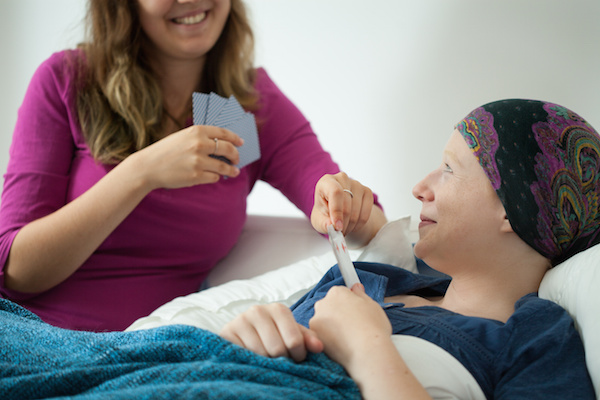
TUESDAY, April 20 (HealthDay News) — The American Society of Clinical Oncology and the College of American Pathologists have issued new guidelines to improve the accuracy of the testing of estrogen and progesterone receptors in breast cancer patients.
The growth of as many as two-thirds of breast cancers are thought to be affected by the action of the estrogen-receptor pathway.
Estrogen (ER) and progesterone receptor (PgR) testing allows doctors to determine whether a patient’s breast cancer fits into that group. In that case, the patient may be eligible to be treated with so-called endrocrine therapies — including the drug tamoxifen — that can improve survival.
But there’s a problem: Worldwide, as many as 10 percent to 20 percent of these screens, known as immunohistochemistry tests, may be wrong.
“There is clearly a need to accurately identify breast cancer subtypes as ER- and/or PgR-positive to help us identify those patients most likely to benefit from endocrine therapy and minimize the risk of potentially denying effective and lifesaving therapy to patients incorrectly labeled as having ER/PgR-negative invasive disease, while allowing patients with true ER/PgR-negative disease to be considered for other therapies,” Dr. Antonio C. Wolff, co-chair of a joint panel on hormone receptor testing in breast cancer and a professor of oncology at Johns Hopkins Kimmel Cancer Center in Baltimore, said in a news release.
Among a long list of recommendations, the guidelines encourage regular testing in newly diagnosed invasive breast cancers, uniform testing procedures and validation of tests.
The new guidelines were published April 19 in the Journal of Clinical Oncology and the Archives of Pathology & Laboratory Medicine.
More information
For more on breast cancer, see the U.S. National Library of Medicine.

